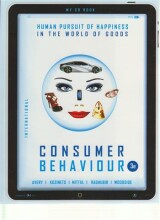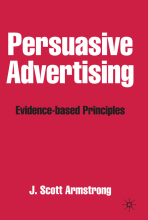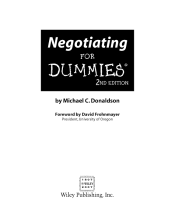Persuasion - Attitude change: seven theories
7 important questions on Persuasion - Attitude change: seven theories
What is Heider's balance theory about?
He proposed a theory that explains how we deal with conflict in our attitudes toward any given two entities.
In any relationship between three entitites, a state of imbalance cannot be sustained and will be resolved by altering one of the three relationships. The third entitiy is you.
Each change of option represents an attitude change.
What is an application of the Heider's balance theory?
Companies using likable celebrities to endorse their brands.
How can marketers use attribution theory to mold attitudes?
They can give a small incentive such as a coupon (do not give to large incentives), and consumers will attribute the cause for hoosing and using it to their own preferences, if the product is good they will begin to think of it in apositive light.
- Higher grades + faster learning
- Never study anything twice
- 100% sure, 100% understanding
What is the problem of large incentives to mold consumer's attitudes when using attribution theory?
Consumers attribute the reason for buying and consuming the product to the good deal they got. When the incentive is smaller, they will attribute the cause for choosing and using it to their own preferences.
What are the two pragmatic versions of the self-perception theory that marketers can use?
- Foot in the door technique: marketer makes a small request that the consumer cannot refuse, subsequently the marketer makes a larger request. Inferred attitude from previous behavior acts as a precursor to subsequent behavior.
- Door in the face technique: marketer makes a large request that is sure to be refused, subsequently the marketer makes a smaller request, which the consumer will happily accept.
Explain passive audience theory.
Consumers' minds sit there, are passive and absorb whatever is thrown at them.
Explain active audience theory.
Consumers are actively processing the information in the ad, they are persuading themselves by generating cognitive responses (own arguments).
The question on the page originate from the summary of the following study material:
- A unique study and practice tool
- Never study anything twice again
- Get the grades you hope for
- 100% sure, 100% understanding































